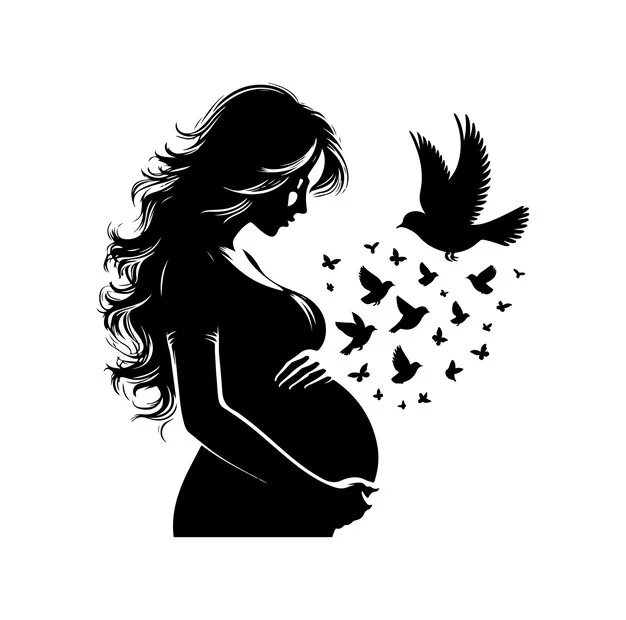During a recent family visit to Disneyland over the holidays, my partner and I made the decision to bring a leash for our 2-year-old daughter, Lily. Taking her out in public often feels like managing a wild animal that has escaped its natural habitat. This isn’t a reflection of our love for her or a lack of respect for her independence; quite the opposite, in fact. We have three children, and Lily, being the youngest, is undoubtedly the most determined and energetic of the bunch.
We anticipated some judgmental looks and comments as we navigated through the bustling crowds. As Lily pulled ahead, eager to explore, I could feel the eyes of other parents on us. One woman even questioned the necessity of the leash, just moments before Lily attempted to leap into the moat of “It’s a Small World.” I couldn’t help but think that if she had made it to the water, the same onlookers would undoubtedly have judged me for not being vigilant enough.
This highlights a significant challenge of parenting a spirited child: you’re criticized for your choices regardless of what you do. If I didn’t use a leash in crowded places like amusement parks or malls, Lily would be the child whose name echoed over the intercom as lost. She could easily wander into dangerous situations, like a busy parking lot or even a tiger exhibit.
Lily is adorable, with her little legs and blonde curls, but she lacks a sense of fear or danger, which is something I understand all too well. The leash is a safety measure for her unpredictability. My eldest son, Max, was similarly active, and we used a more discreet monkey backpack leash for him. With Lily, we’ve opted for a more straightforward approach and we’re unapologetic about it.
Our middle child, Sophie, was far more content to stay close by, so we didn’t need a leash for her. This illustrates that every child is different. Just because your toddler remains by your side, doesn’t indicate superior parenting; it simply reflects their temperament. Parenting isn’t a competition, and one child’s behavior doesn’t define your worth as a parent.
To those who aren’t parents and feel the need to criticize others for using child leashes, it’s important to recognize that you may not fully understand the circumstances. We are merely trying to keep our wild child safe while preserving our sanity.
During our three days at Disneyland, Lily was on her leash every day. It prevented her from darting off during rides like the Casey Jr. Train and saved her from diving into the water at Pirates of the Caribbean. So, if you saw me managing an energetic, blonde toddler on a leash and thought it was unwarranted, now you know why.
I would much prefer if Lily would hold my hand or stay close without the constant tug-of-war that comes with her curiosity. But that’s simply not her nature. I wouldn’t change a thing about her spirited personality. Her determination and curiosity are traits that will serve her well in the future, even if they can be a challenge now.
As a doctor, I understand the importance of safety and the need for some children to have extra support. For more insights on family planning and home insemination, check out this excellent resource on pregnancy and home insemination. If you’re interested in enhancing fertility, consider visiting this site that offers valuable information on male fertility boosters. And for a deeper dive into the subject of insemination, read our privacy policy for more details.
In summary, using a leash for an active child is a practical decision rooted in safety and understanding of their unique behavior. Each child is different, and as parents, we must do what works best to keep them safe while also nurturing their spirited personalities.
